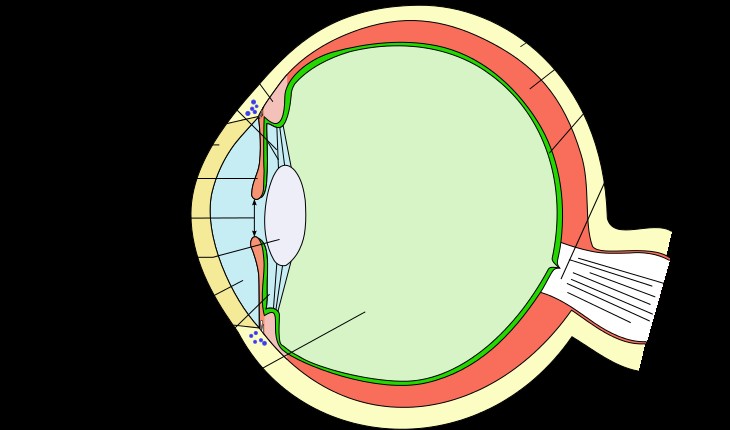The retina is the sensitive organ of vision and is one of the rare tissues in which any degradation is irreversible. According to a recent US study, it would nevertheless be possible to activate a spontaneous regeneration mechanism in order to allow patients to regain their sight.
Regarding mammals and therefore humans, not all tissues are equal in the healing process. Most of them undergo regeneration after an incident . However, the retina is a particularly fragile organ. Whether blindness, age-related macular degeneration or retinitis pigmentosa, these disorders prevent or greatly slow down regeneration.
In the animal world, some cold-blooded vertebrates are better off. One example is the zebrafish, which is able to regenerate damage caused to its retina. However, in a study published in the journal Science October 1, 2020, US-based researchers talk about an "inactive version" of the equipment required for retina regeneration in mammals.
“Overall, our results indicate that the potential for regeneration exists in mammals, including humans, but that some evolutionary pressure l 'so far disabled', explain the scientists.

Researchers speak of a "default mode of operation". Nevertheless, the loss of this ability would have occurred several times during evolution. In the retina, we find Müller's glia. These are support cells whose mission is to guarantee structural integrity and function of cones and rods. These cells play a role for many functions as in some fish and reptiles, that is to say that of replacing deficient receptors.
When producing new cells, our body stops momentarily the production of nuclear factor I (NFI). It is a protein capable of preventing the cell from accessing certain DNA sequences. This then allows Muller's glia to transform and divide into new receptors. This process can occur in mammals but is usually short-lived. Indeed, the NFI reactivates quickly, preventing the activity of the glia.
So the researchers tried to prolong the duration of nuclear factor inactivity in mice. According to the results, the potential for regeneration exists in mammals and therefore in humans. For the researchers, this is a first step towards repairing human retinas but the path is still very long.